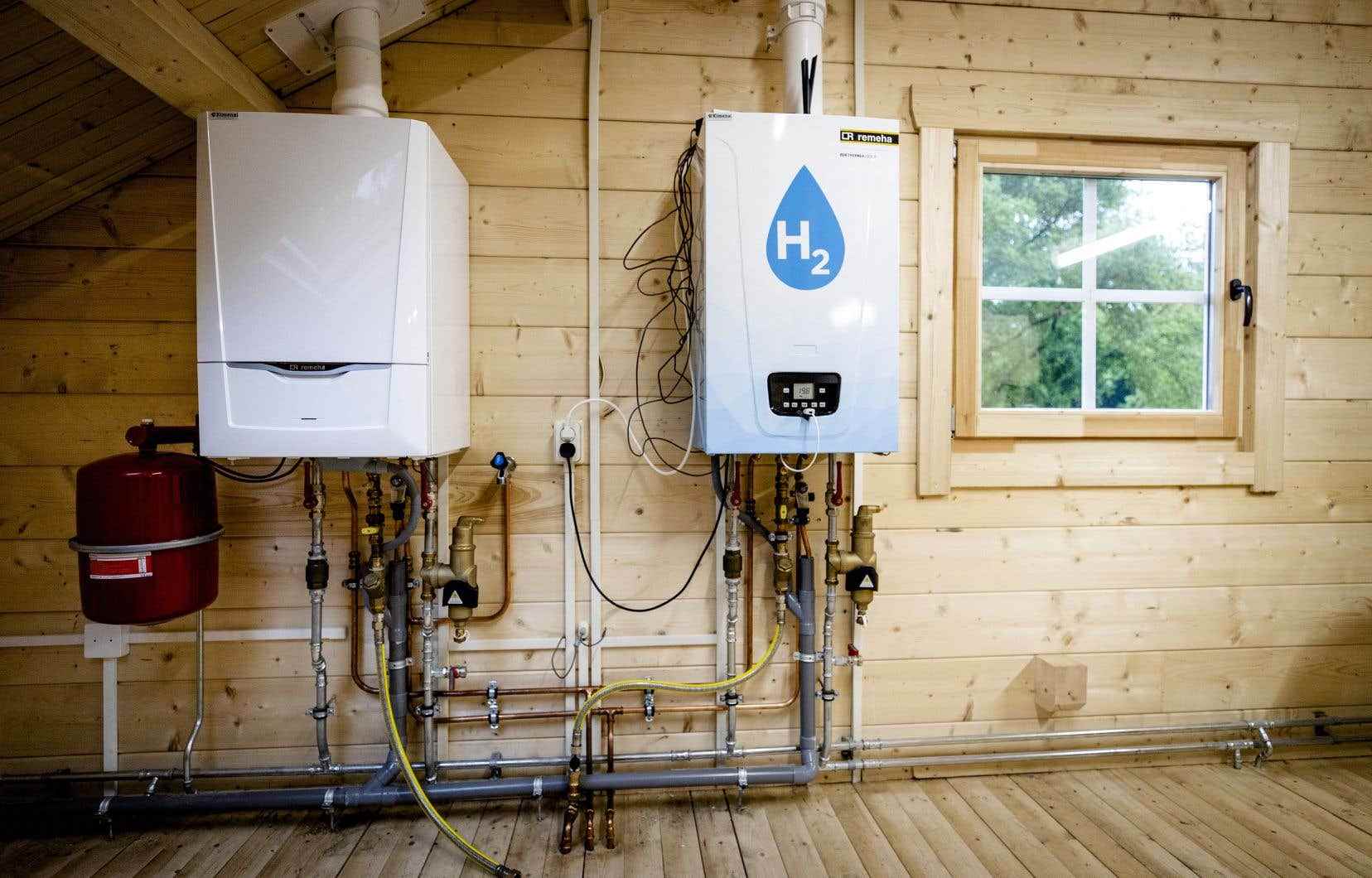Quebec will not be the North American Eldorado of green hydrogen production. In its Hydrogen and Bioenergy Strategy published on Wednesday, the government is betting on the “more mature” bioenergy sectors, produced from organic matter, into which it intends to inject nearly a billion dollars by 2026. .
“Green hydrogen, we are not going to export that”, slice Jonatan Julien, Minister of Natural Resources, in an interview at the To have to as part of the unveiling of the strategy, the highly anticipated release of which has been delayed a few times over the past year.
“The government has no intention of taking hydroelectricity — with the preferential rates we have — to produce green hydrogen and decarbonize neighbors. What we want is to decarbonize Quebec,” he explains.
A position that clashes with that of the Prime Minister who, on his return from COP26 this fall, announced considerable investments to attract producers to the province.
Failing to become a production hub, Quebec nevertheless intends to “position itself as a leader in expertise,” says Mr. Julien. The government of François Legault does not rule out the possibility of investing more in the sector over the years if it proves to be more promising, less expensive and less energy-intensive.
If this were the case, said the Minister, the Écoperformance program “has significant sums which could eventually be used to support the hydrogen sector”.
Ecosystem to build
As a result, in the government’s strategy, bioenergy gets the lion’s share. These energies are produced from organic materials such as forest and agricultural residues or compostable materials from municipalities or businesses.
Of the 1.17 billion dollars that will be injected to develop these sectors over the next five years – between 2021 and 2026 – approximately 950 million will be earmarked for bioenergy, while 250 million will go to hydrogen.
Why focus on bioenergy? These are “much more mature” sectors. So we can invest upstream to help companies produce it, and that, in the short term, ”answers Mr. Julien.
To help develop these industries, the government wants to develop an ecosystem. To do this, 90% of the sums invested by the government (1.05 billion) will go to the development of a business environment, including 700 million for new infrastructures. 125 million will go to research and innovation and 5 million to their promotion.
Bold goals
The government is counting on private investment for the development of these sectors. The realization of the projects necessary for their deployment will require public and private investments of up to nearly $10 billion over the next few years, according to government estimates.
The deployment of bioenergy and hydrogen sectors could by 2030 lead to a reduction of more than four million tonnes of CO equivalents2 per year, according to Quebec, or 13% of the reductions necessary to achieve the objectives for 2030.
Also according to government estimates, these energy avenues could reduce the consumption of petroleum products by nearly one billion liters each year, or 16% of the target for reducing the consumption of petroleum products in 2030.
“You always have to look for the most effective approach: the resources are limited and the objectives are audacious. What is most effective? And the answer: it’s this strategy,” says Julien.
